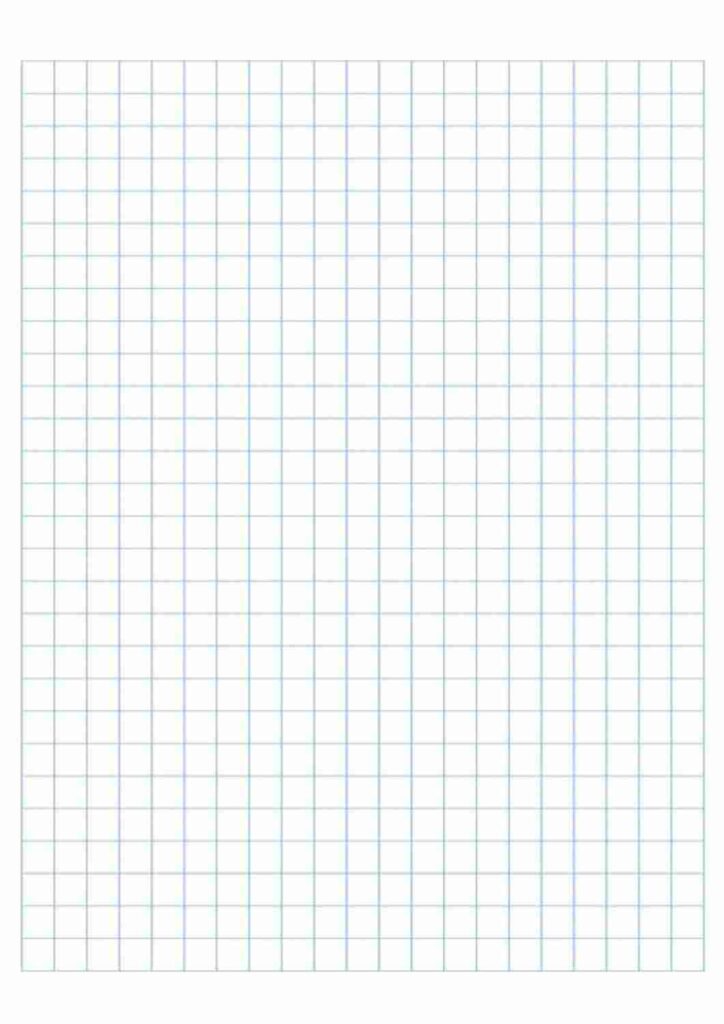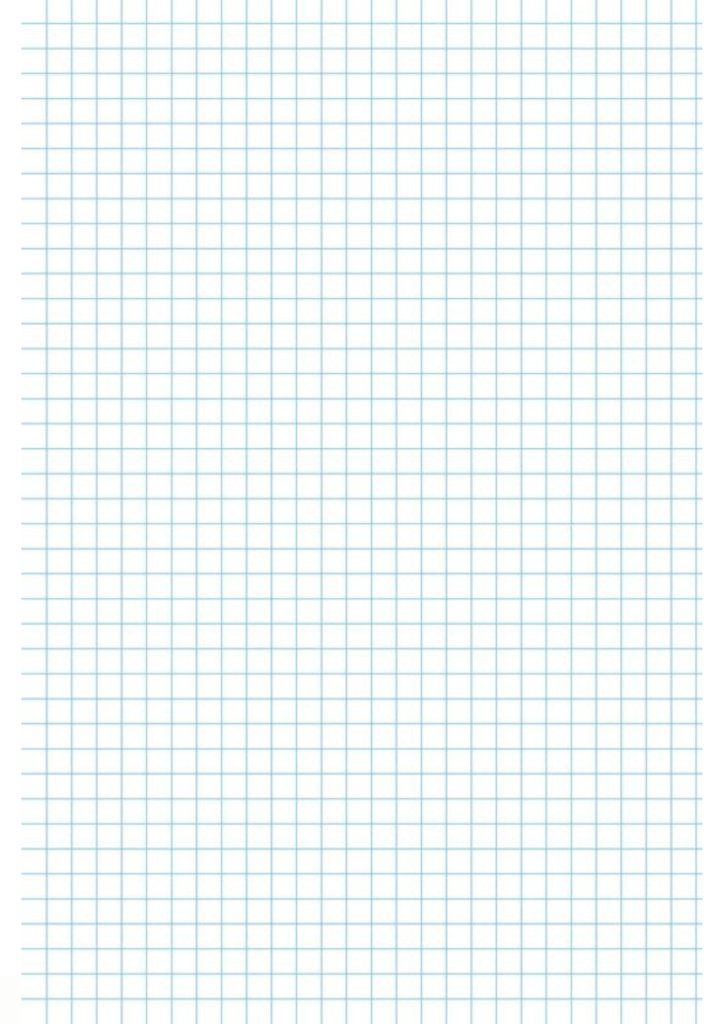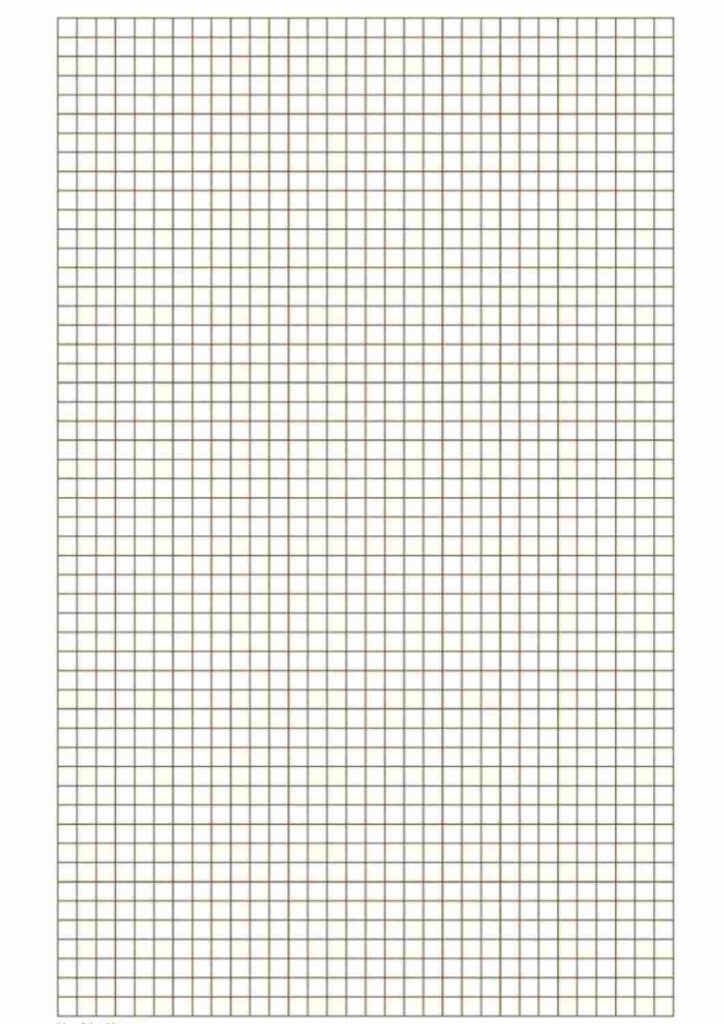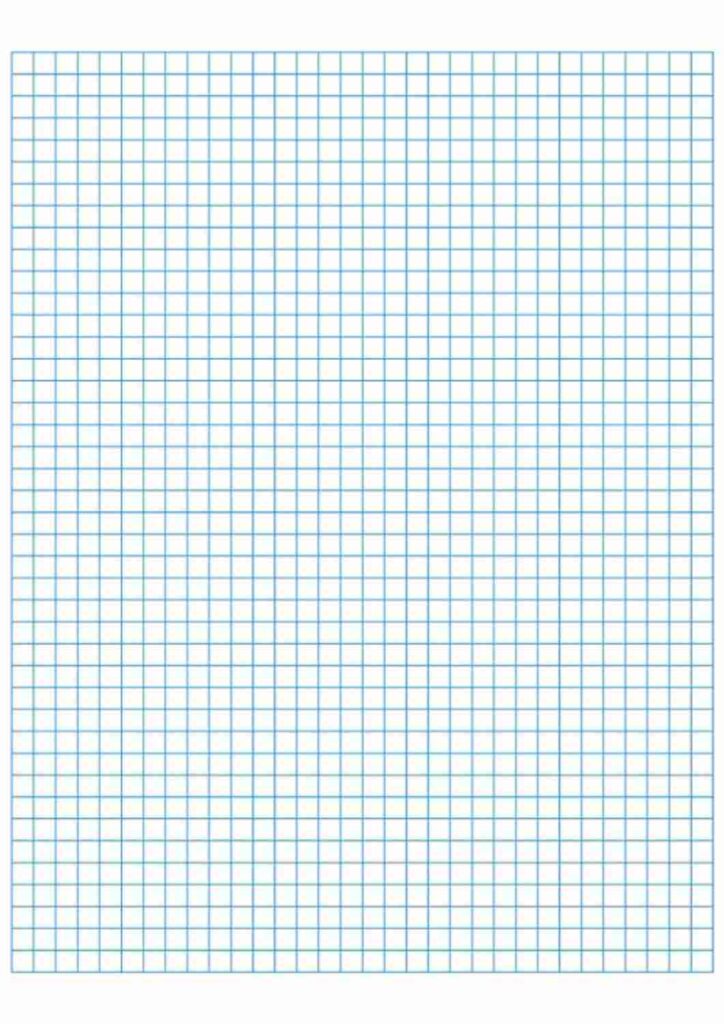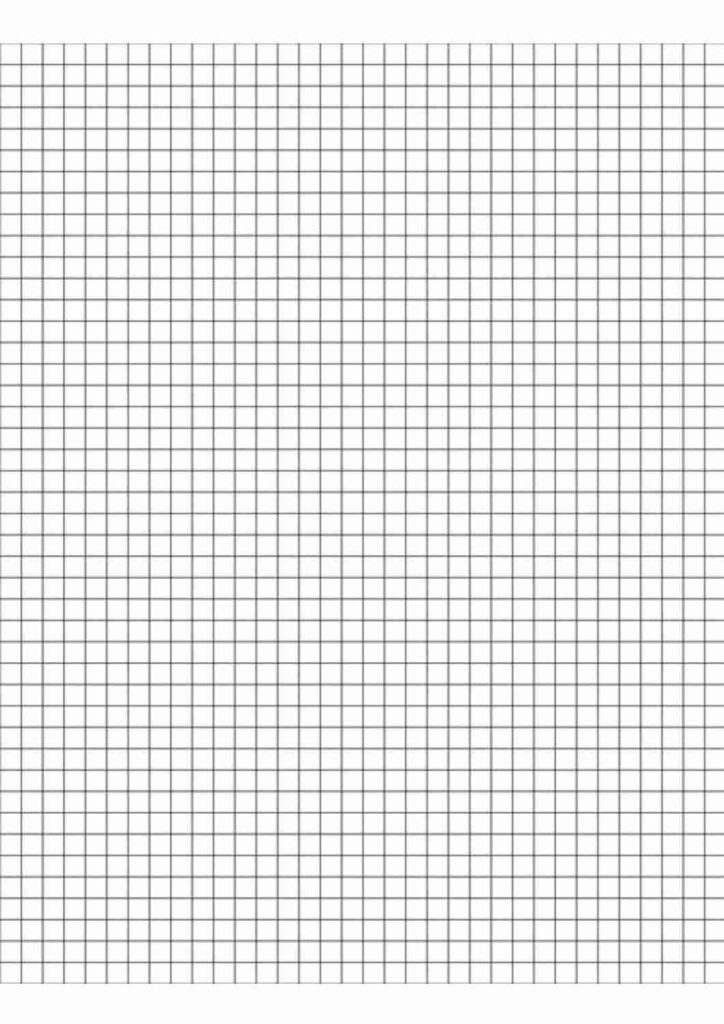Graph paper is a versatile tool that has been a staple in the world of mathematics, engineering, design, and art for centuries. Its grid structure, typically consisting of evenly spaced horizontal and vertical lines, provides a framework for organizing data, creating accurate diagrams, and unleashing creativity in various fields. In this comprehensive guide, we will delve into the uses, benefits, and types of graph paper templates, exploring how they can enhance productivity and precision in your projects.
Graph Paper Template PDF
Graph paper templates come in various formats, each designed for specific tasks and applications. The most common types include:
- Standard Graph Paper: This type of graph paper features a grid with equally spaced horizontal and vertical lines, usually at intervals of 1/4 inch or 5 millimeters. It is widely used for plotting graphs, mathematical functions, and geometric drawings.
- Engineering Graph Paper: Also known as grid paper or quad paper, engineering graph paper has a distinctive grid layout with heavier lines at intervals, such as every inch or centimeter, to facilitate technical drawings, schematics, and engineering calculations.
- Isometric Graph Paper: Isometric graph paper is characterized by a series of equilateral triangles instead of squares, allowing for the creation of three-dimensional drawings with accurate perspective and proportions. It is commonly used in architecture, gaming, and technical design.
- Polar Graph Paper: Polar graph paper features concentric circles and radial lines, enabling the plotting of polar coordinates and functions, as well as visualizing complex mathematical relationships involving angles and distances.
- Logarithmic Graph Paper: Logarithmic graph paper is designed with logarithmic scales along one or both axes, making it ideal for representing data that follows exponential or logarithmic trends, such as growth rates, scientific measurements, and financial analysis.
- Hexagonal Graph Paper: Hexagonal graph paper, also known as hex paper or honeycomb paper, uses hexagons instead of squares, facilitating the creation of tessellations, maps, and games that rely on hexagonal grids.
Each type of graph paper template serves a unique purpose, catering to the specific needs of professionals, students, artists, and hobbyists across diverse disciplines.
Applications of Graph Paper Template Word
Mathematical and Scientific Analysis
Graph paper templates play a crucial role in mathematical and scientific analysis by providing a structured platform for plotting data, graphs, and mathematical functions. Whether you’re studying algebraic equations, analyzing statistical trends, or conducting scientific experiments, graph paper enables you to visualize and interpret numerical data with precision and clarity.
Engineering and Technical Drawings
In engineering and technical fields, graph paper templates are indispensable tools for creating detailed drawings, schematics, and diagrams. Engineers, architects, and designers use engineering graph paper to draft floor plans, electrical circuits, mechanical components, and structural blueprints with accurate measurements and scale representations.
Art and Design
Graph paper templates inspire creativity in artists and designers, offering a grid-based framework for sketching, drafting, and illustrating intricate designs. From fashion sketches and architectural renderings to pixel art and quilt patterns, artists leverage graph paper’s structure to achieve symmetry, proportions, and intricate details in their artworks.
Educational Purposes
Educators and students benefit from graph paper templates for teaching and learning various subjects. Graphing functions in mathematics, plotting scientific data in biology or physics experiments, and creating timelines or maps in history and geography are just a few examples of how graph paper enhances educational activities, fosters visual learning, and promotes systematic thinking.
Gaming and Recreation
Graph paper templates find applications in gaming, puzzles, and recreational activities that rely on grids, coordinates, and spatial relationships. Game designers use isometric and hexagonal graph paper for designing game maps, dungeons, and landscapes, while puzzle enthusiasts enjoy solving mazes, crosswords, and Sudoku puzzles on graph paper grids.
Advantages of Using Graph Templates
- Precision: The grid structure of graph paper templates facilitates precise measurements, alignments, and proportions, ensuring accuracy in mathematical calculations, technical drawings, and artistic creations.
- Organization: Graph paper provides a structured layout for organizing data, arranging elements, and visualizing patterns, making it easier to analyze information and convey complex concepts effectively.
- Flexibility: With different types of graph paper templates available, users can choose the format that best suits their specific needs, whether it’s plotting coordinates, sketching isometric designs, or graphing logarithmic functions.
- Creativity: While offering precision and organization, graph paper templates also spark creativity by providing a framework for brainstorming ideas, experimenting with designs, and exploring visual concepts across various disciplines.
- Accessibility: Graph paper is widely accessible, either in physical form as printed sheets or digitally as downloadable templates, making it convenient for users to access and use in their projects.
How to Use Graph Templates Effectively
To make the most of graph paper templates, consider the following tips and techniques:
- Choose the Right Type: Select the appropriate type of graph paper template based on your project requirements, whether it involves plotting graphs, designing structures, or sketching artistic creations.
- Use Grid Lines Wisely: Leverage the grid lines on graph paper to align elements, measure distances, and maintain consistency in your drawings or calculations.
- Label Axes and Units: When graphing data or functions, label the axes clearly and specify the units of measurement to ensure clarity and accuracy in your visual representations.
- Color Coding: Incorporate color coding or shading techniques on graph paper to differentiate elements, highlight patterns, and enhance visual comprehension, especially in complex diagrams or charts.
- Practice Regularly: Familiarize yourself with using graph paper templates by practicing regularly, experimenting with different layouts and techniques, and exploring creative possibilities within the grid-based framework.
Conclusion
Graph paper templates are invaluable tools that combine precision, organization, and creativity across various disciplines and applications. Whether you’re a mathematician, engineer, artist, educator, or hobbyist, graph paper empowers you to visualize ideas, solve problems, and express concepts with clarity and accuracy. By understanding the types, applications, and advantages of graph paper templates and employing effective usage techniques, you can unlock a world of creativity and precision in your projects, unleashing your full potential and achieving remarkable results.
![Free Printable Graph Paper Online [PDF Download] ✅ ❤️](https://igraphpaper.com/wordpress/wp-content/uploads/2024/04/igraphpaper-logo.png)
